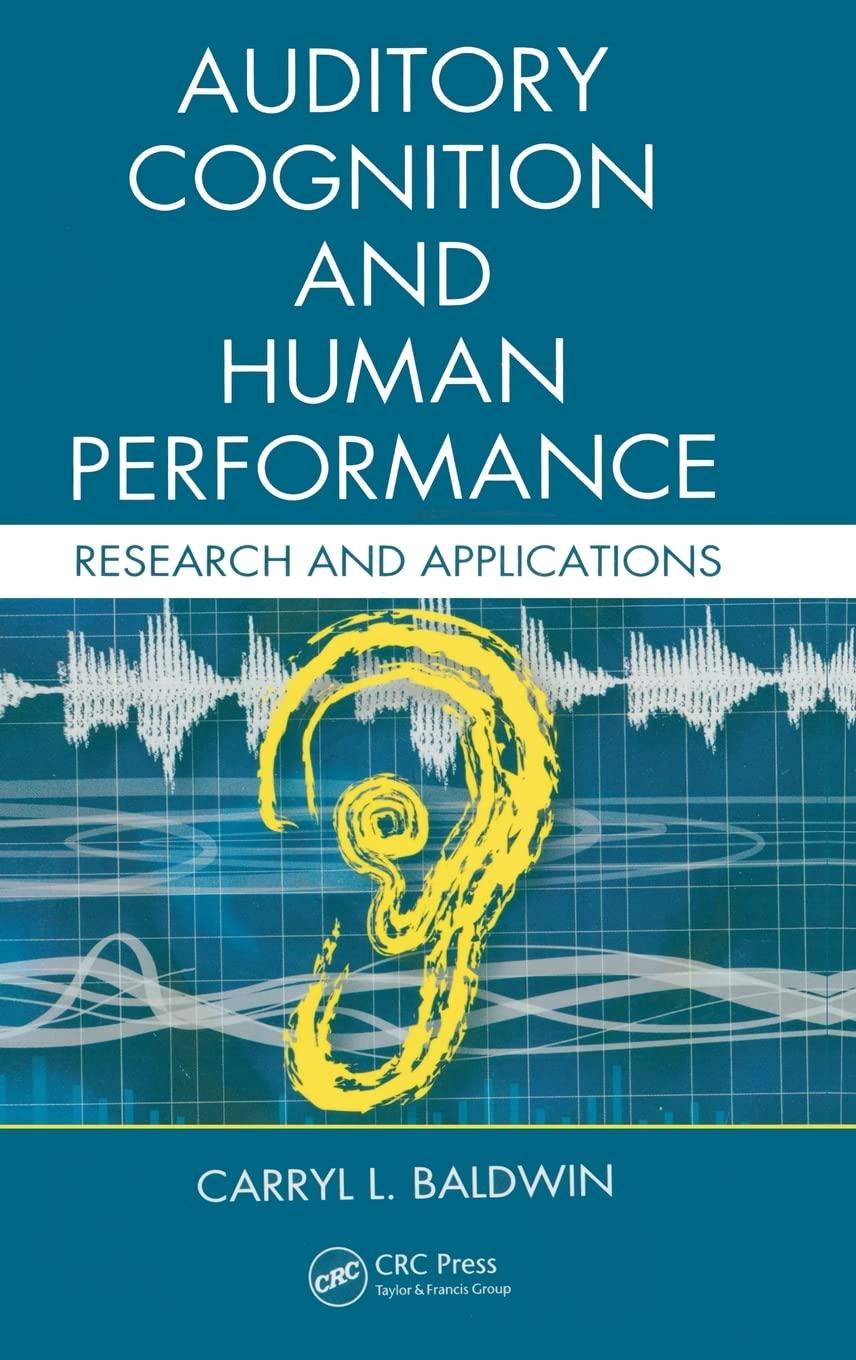Question
Question 1 Evaluating the evidence on drug price markups a data-based exercise 15 points in total In the global search for an effective COVID-19 treatment,
Question 1 Evaluating the evidence on drug price markups a data-based exercise 15 points in total In the global search for an effective COVID-19 treatment, researchers are currently trialling a number of drugs that are used to treat other diseases. If any of these drugs are shown to be successful in treating COVID-19, they would need to be mass-produced and provided at an affordable cost, so that treatment can be affordable and accessible for patients worldwide. Researcher Andrew Hill and his team estimated the minimum cost of producing these drugs and compared them with prices at which they were sold (list prices, P) in a range of countries around the world. The mark-up ratio measures the difference between the list price and the marginal cost of production, relative to the marginal cost of production (MC): = You will use the data they collected to calculate and compare markup ratios across countries. 1. The first column of the spreadsheet contains the drug names, the second column contains the estimated cost per course (treatment for a single patient), and the remaining columns contain the list price for various countries. Some entries are blank, because data for some drugs was unavailable for certain countries. a) Looking at the rows of the spreadsheet, you can see that the list price for any particular drug varies across countries. Suggest one or two explanations for this variation. (Hint: Think about factors that affect the costs of production across countries). b) The cost per course (Column B) is an estimate and not the actual value, because companies usually do not make information about their costs of production publicly available. Andrew Hill and his team explained how they estimated the minimum cost of production (generic estimate) in Figure 2 and the Methods section of their paper. With reference to these parts of their paper, explain how the estimated cost of production would change under different assumptions about specific costs of production (for example, what would happen to cost estimates if the transport costs were higher than assumed?). c) For each country and drug where data is available, calculate the mark-up ratio. (Here we assume the cost per course is the marginal cost.) Now we will calculate summary statistics and visualize the distribution of mark-up ratios across drugs. Due date: 05/07/2020 Midnight 2. Create and fill in a summary table like the one shown in Figure 1 below. (For step-by-step guidance with calculating the standard deviation in Excel, check this walk-through.) Drug Mean Standard Deviation Minimum Maximum Lopinavir/ritonavir Chloroquine Azithromycin Figure 1 Summary table of markup ratios for different drugs 3. Make a box and whiskers plot of the markup ratio for each drug, and comment on any similarities/differences in the distributions that you notice. (Hint: To make comparisons between drugs easier, you may want to ask Excel not to display outlier points). How do your answers to Q2 and Q3 complement each other? (For example, do drugs with higher standard deviations in Q2 also have wider boxes in Q3?) 4. For each drug, calculate the median markup ratio across countries. Explain why the median is a useful summary measure in this context. 5. Make a bar or column chart showing the mean and median markup ratio. Plot all drugs on the same chart. Comment on any similarities/differences you see in the markup ratio for drugs, and potential implications for the affordability of these drugs. (Hint: To make your chart more visually appealing, before plotting the chart you may want to sort the data from the smallest to the largest median, or the largest to the smallest median.) 6. Based on a similar analysis to what you did in Q1-Q5, Andrew Hills team made four policy recommendations (page 8 of their paper). For two recommendations of your choice, explain how it addresses issues related to costs of production, and the affordability/accessibility of treatment.
Step by Step Solution
There are 3 Steps involved in it
Step: 1

Get Instant Access to Expert-Tailored Solutions
See step-by-step solutions with expert insights and AI powered tools for academic success
Step: 2

Step: 3

Ace Your Homework with AI
Get the answers you need in no time with our AI-driven, step-by-step assistance
Get Started


